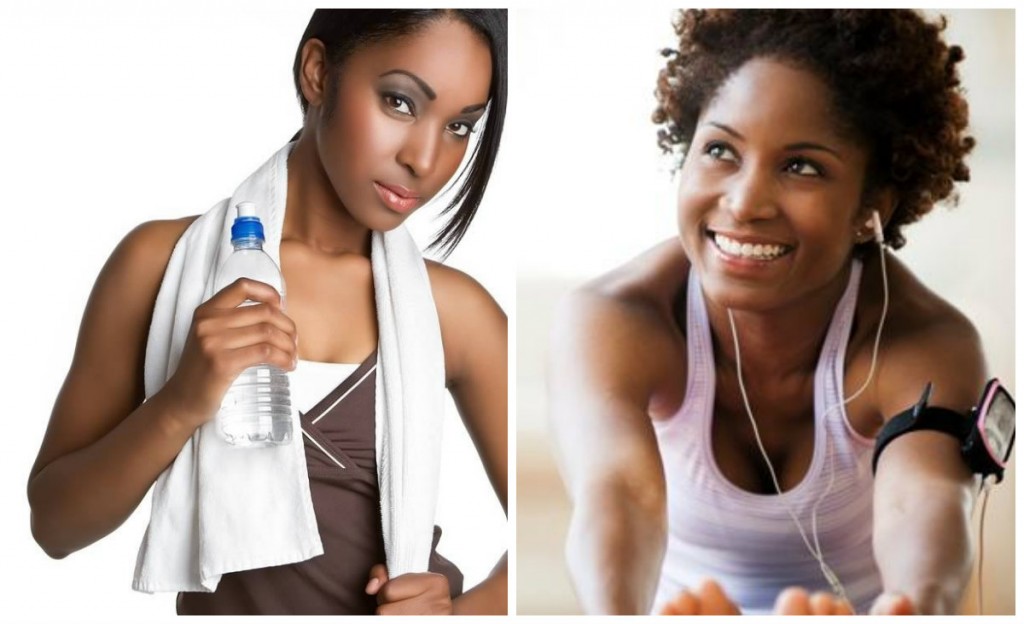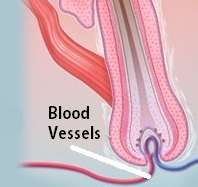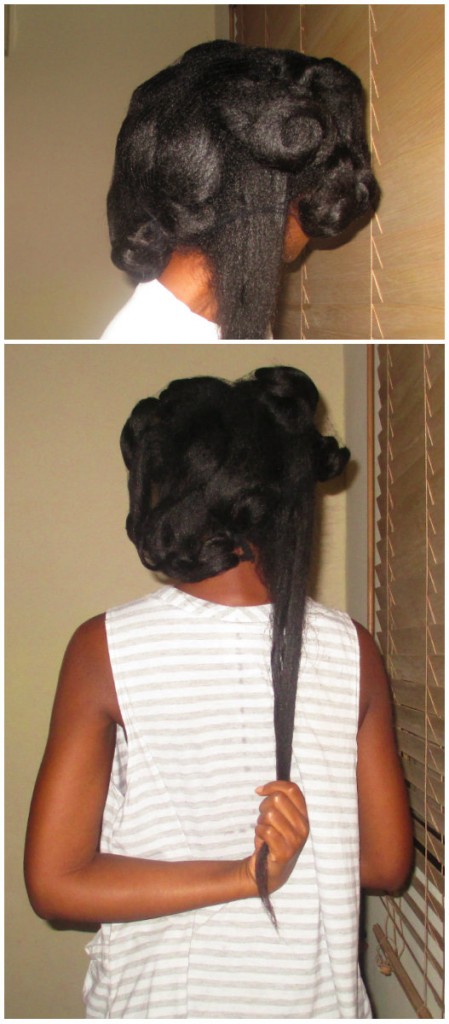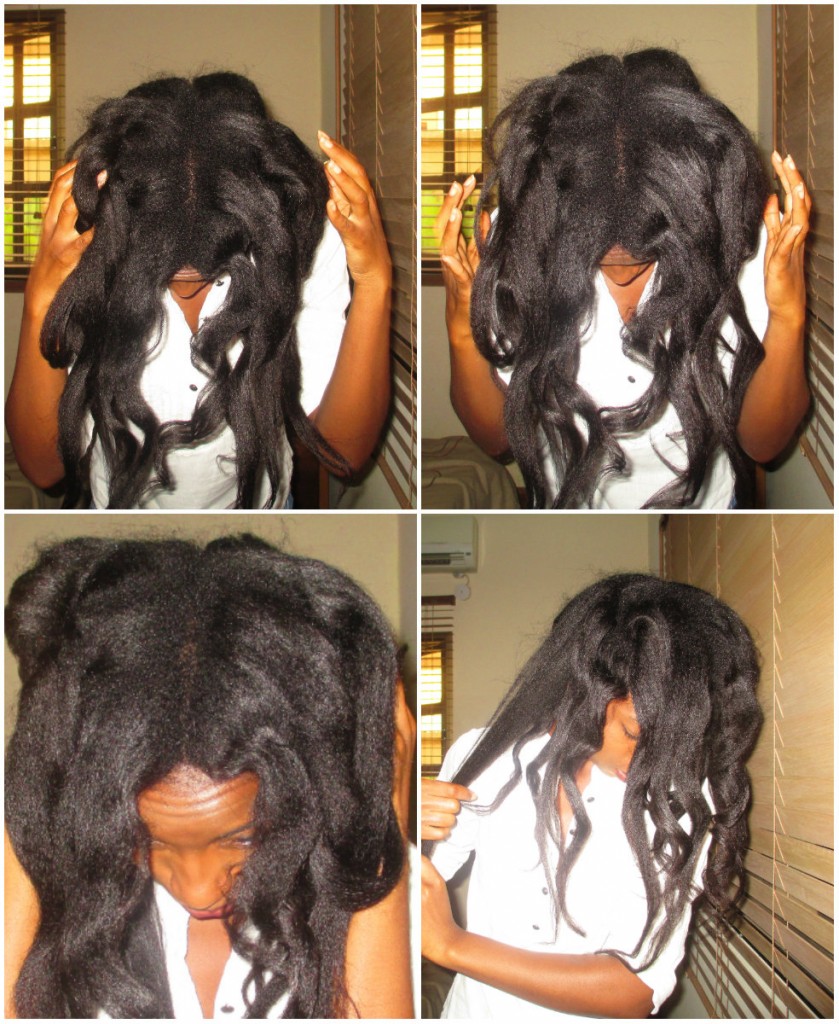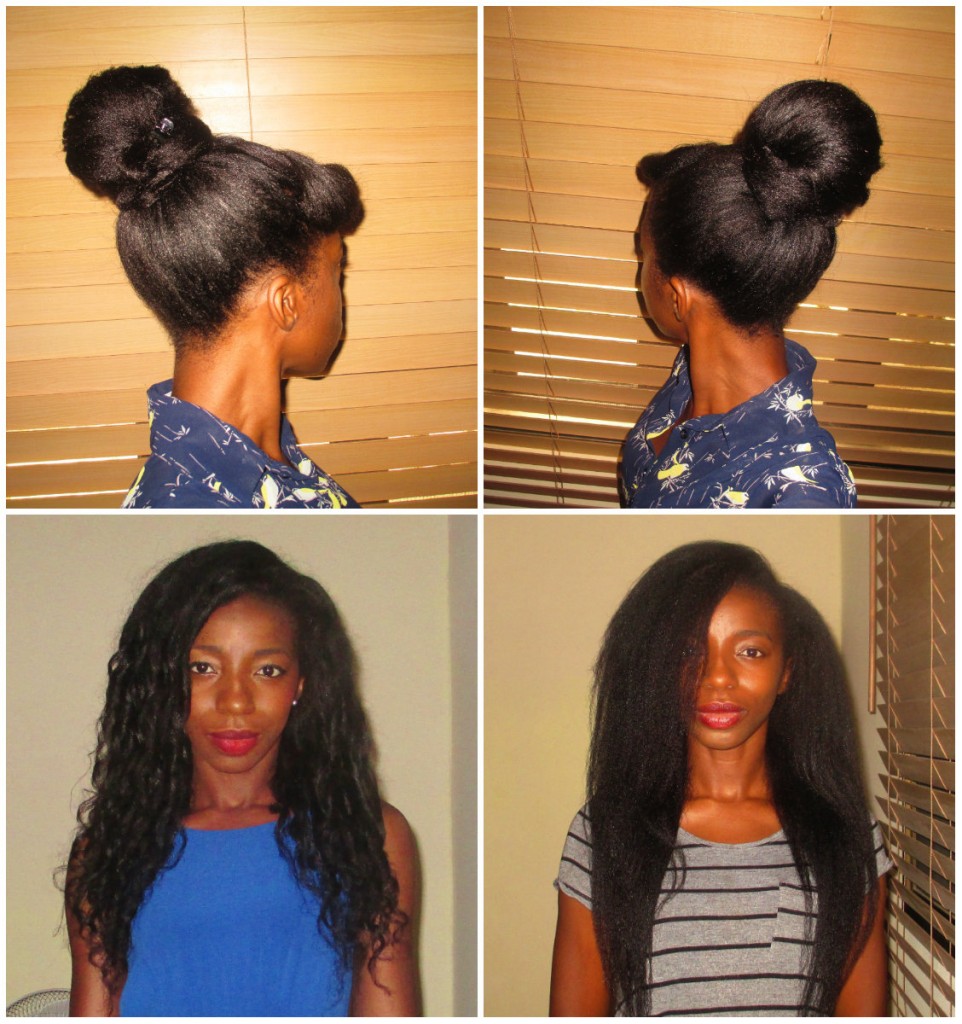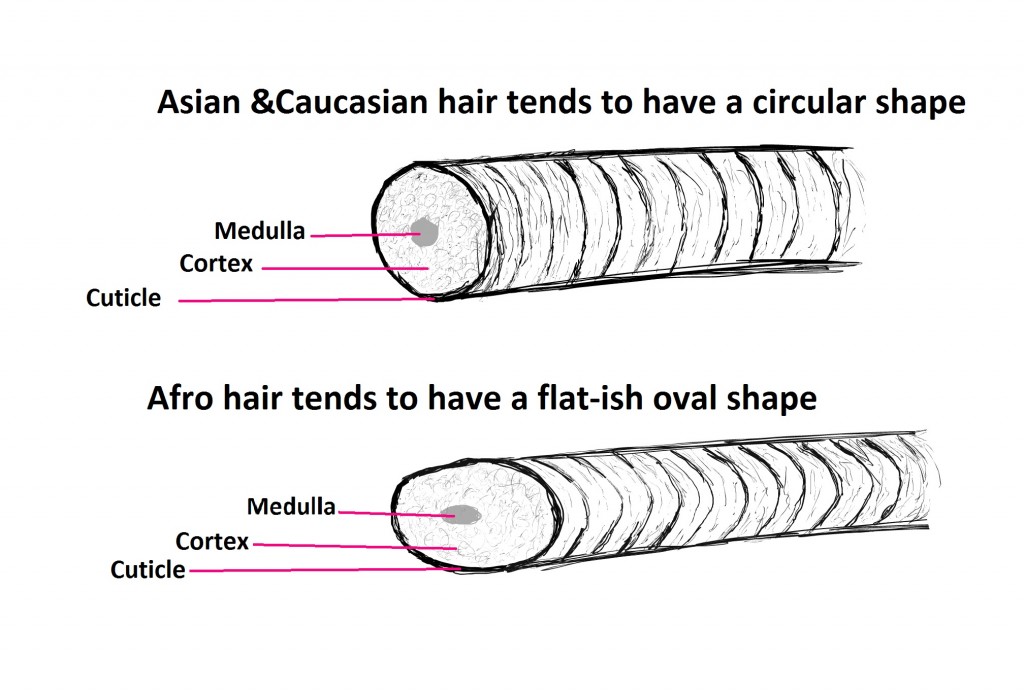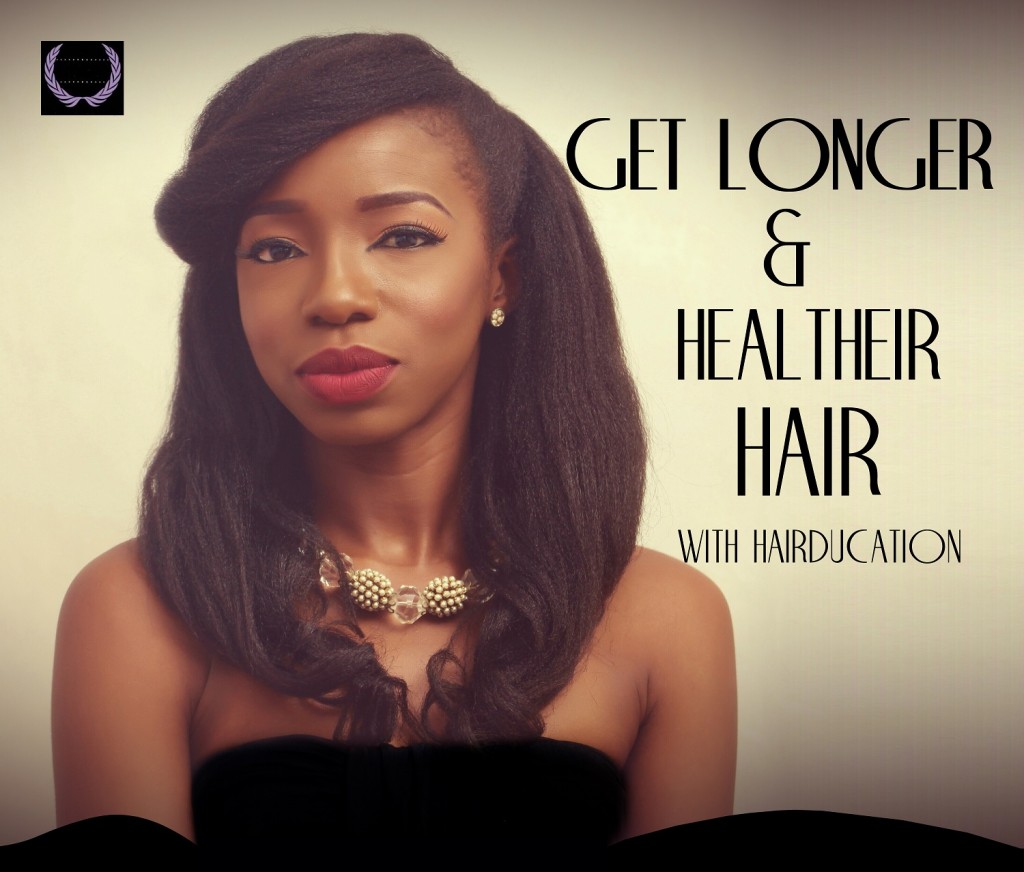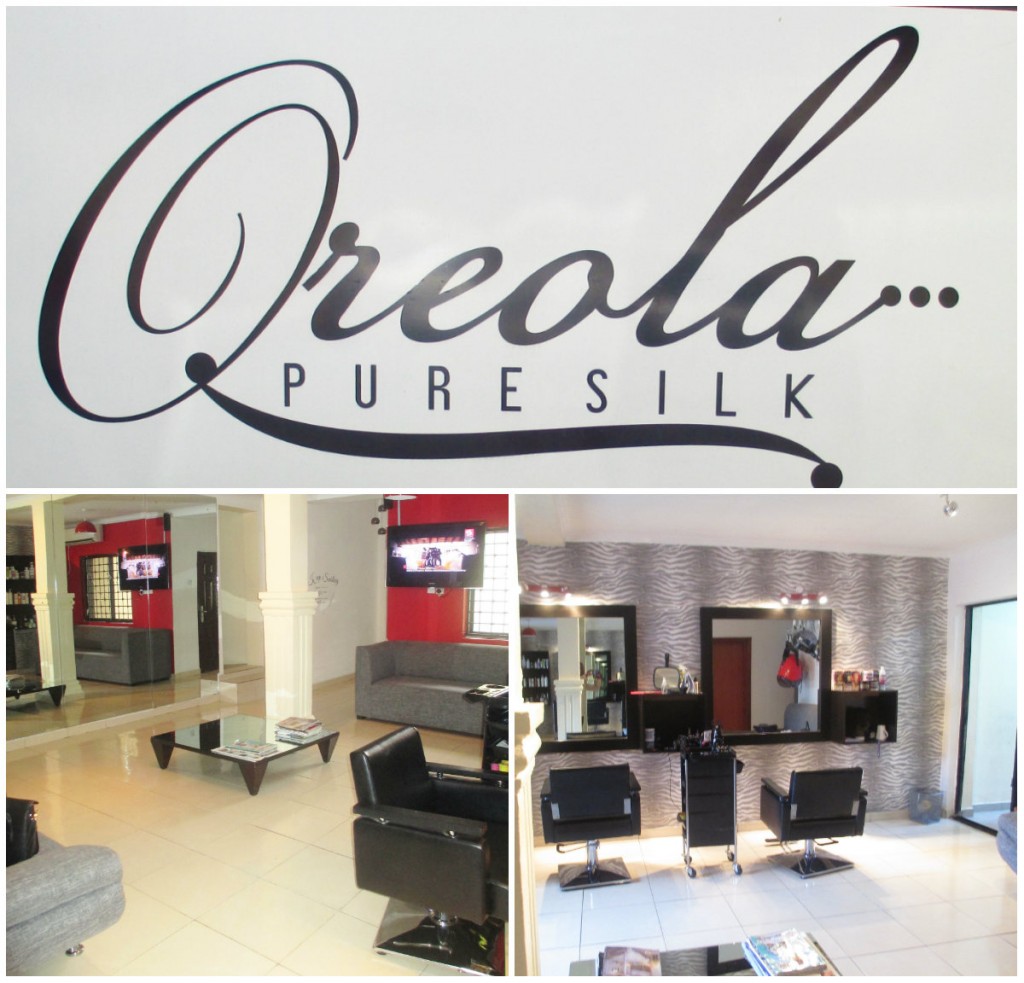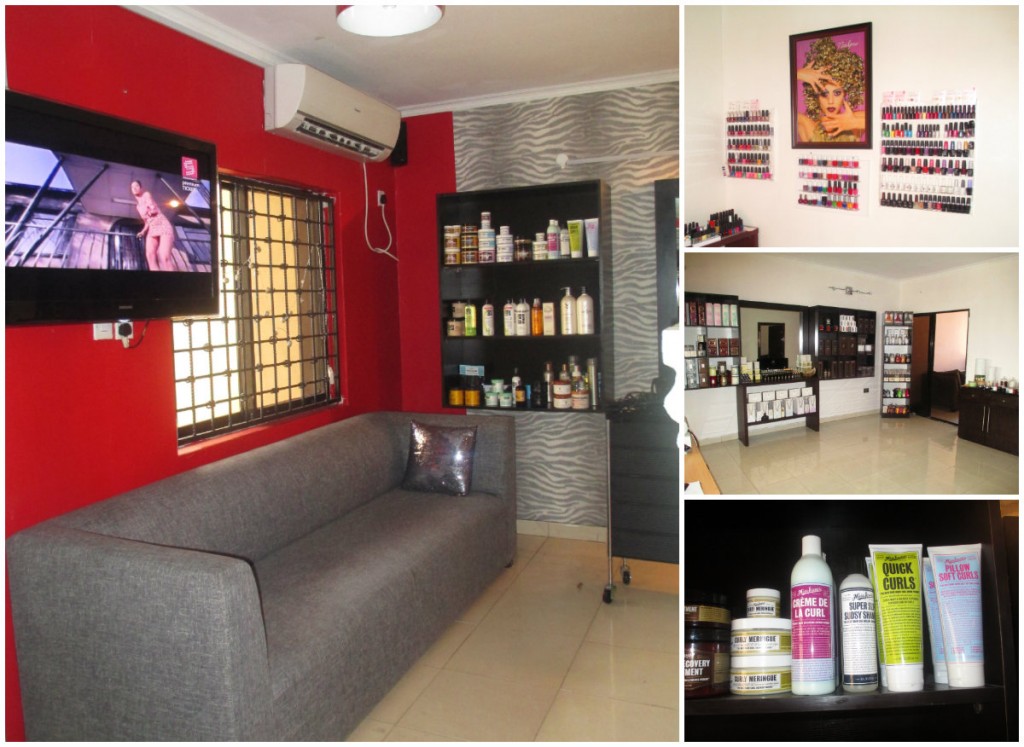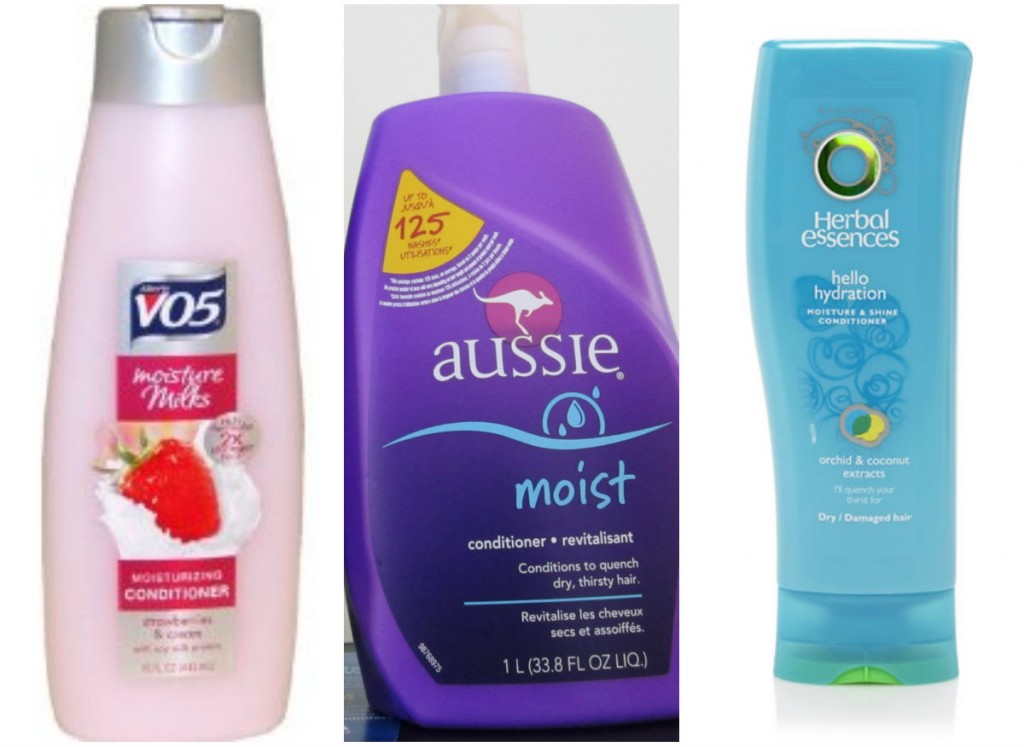Hello ladies
Majority of the posts on Hairducation focus on how we should care for our hair externally for us to retain hair length. I have mentioned vaguely that being healthy internally is also very important for hair growth however I haven’t really delved into this deeply.
I recently began exercising more regularly. I’ve been trying to exercise two or three times a week for about 3 months and noticed that I seemed to have more new growth than usual. This reminded me of how improved overall health really does facilitate healthy hair growth.
In this blog post, I will set out the positive effects of exercise on hair growth and the types of exercise that facilitate hair growth.
HOW EXERCISE AFFECTS HAIR GROWTH
1) Improved Overall Health
Exercise is very beneficial to our entire bodies. Regular exercise strengthens our cardiovascular systems, reduces risk of sickness and some medical conditions that may affect hair growth. Having a healthy body is a good basis for growing healthy hair, nail fibres and naturally glowing skin. The healthier we are, the better our bodies will function which includes growing strong and healthy hair.
2) Stress Reduction
Exercise is a good way to reduce stress and stress is bad for our hair.
Cortisone is a hormone our bodies produces when we are stressed out. In some extreme cases, can lead high levels of shedding and alopecia.
Exercising on the other hand causes our bodies to produce a hormone called serotonin which helps to reduce stress. The less stressed out we are, the healthier we are likely to be and as point one above noted, healthy bodies produce healthy hair.
3) Better Cell Regeneration
Our cells regenerate whilst we are sleeping. There is increased production of new cells and slower breakdown of protein during deep sleep. Remember that proteins are needed for cell growth and that our hair is made up of mostly protein.
Regular exercise over a pre-longed period helps us sleep better. Better sleep results in better cell regeneration/renewal. This improves our overall health, how we feel and how we look (better looking skin and good hair and nail growth). Its called beauty sleep for a reason
4) Better Nourished Hair Follicles
Each hair follicle (hair root) has blood vessels that nourish it by supplying it with nutrients and oxygen. The supply of nutrients and oxygen to the hair follicles is necessary for hair growth to occur.
Exercising increases our body temperature and increases blood flow and circulation to our skin and scalp. More blood flow results in more nutrients and oxygen being delivered to our scalp. This in turn encourages more hair growth.
Best Exercises for Hair Growth
Cardio
Cardio exercises such as brisk walking or running, cycling, dance and aerobics classes, etc, will increase your temperature and get blood pumping through your body and to your scalp. Incorporating 30 minutes of cardio exercises two or three times a week will do you and your hair a world of good.
Yoga
Exercises which involve inverted poses or back bends will increase blood flow to the head and scalp.
Yoga is believed to be great for promoting hair growth because it involves many types of inverted poses such as sun salutations, downward facing dog, shoulder stands, etc. Yoga is also very calming and is great for reducing stress levels.
I have practiced yoga and pilates on and off for about 7 years and I think it has so many awesome physical benefits. It makes you feel more supple, improves your posture, you stand, walk and sit better and feel strengthened overall.
Whilst exercising, it is important to keep your hair in a confined style (bun, high ponytail) or covered with appropriate head wear to keep it protected and minimise it coming in contact with sweat. Ensure you keep up with your hair regimen to keep your hair and scalp cleaned and well conditioned. Obviously when exercise you sweat more you don’t want to start skipping wash days and leave all that sweat residue on your scalp and hair.
I hope I keep up with my exercise regimen and once I am fully settled and committed to it, I intend to tackle my diet. I guess I am just going through a “eat right, live right, feel right” phase….but I am hoping I can make it a new habit. I stuck to a healthy hair journey so maybe it’s time I take on another positive challenge.
Is anyone with me? Have you recently started or would you like to start exercising? Are you a little bit more motivated because of all the good it can do for your hair???
Happy hair journey ladies
X
Lade
Learn | Change | Grow

